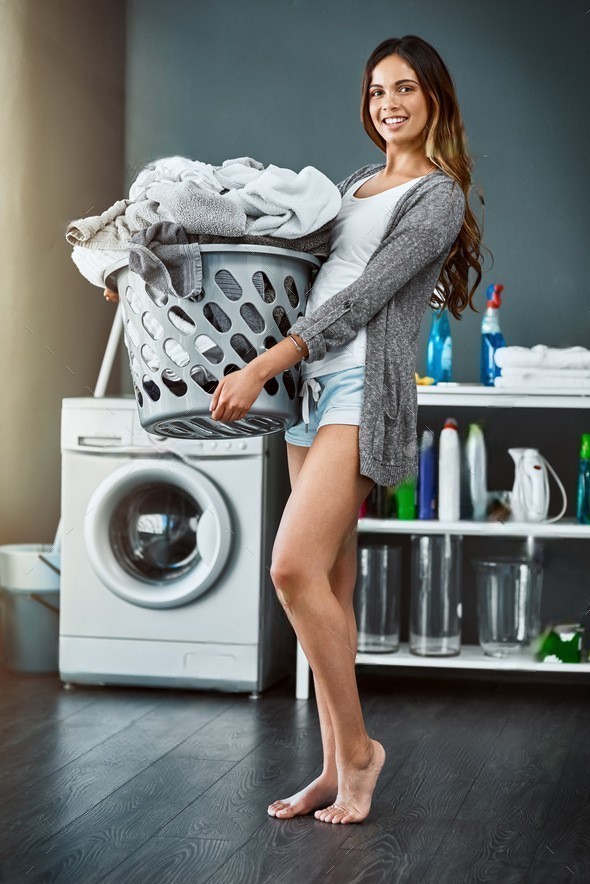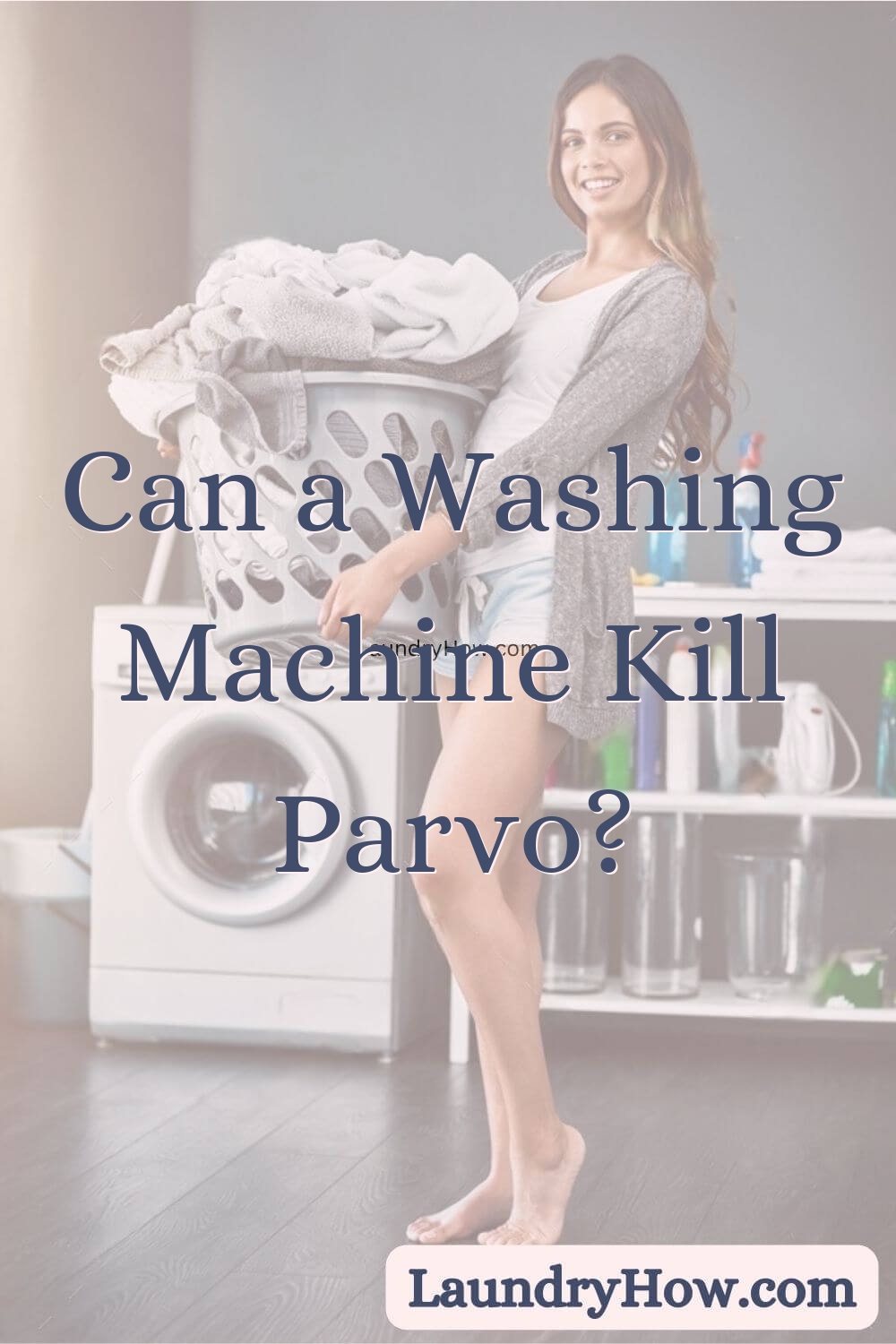A common question for any dog owner these days is “can a washing machine kill parvo?” As most know, canine parvovirus is an extremely contagious and dangerous virus that causes severe gastrointestinal issues in dogs. Thankfully, the hot water and soap from a washing machine provides a practical way to sanitize potentially contaminated items.
High Heat Helps Destroy the Virus
Research shows that parvo virus can be inactivated by high heat. Washing machines can generate sufficient heat, around 150-170°F with an extra hot water setting, to help destroy parvo particles living on clothing, bedding, plush toys, dishes, and other machine washable items. The CDC states heating items to 140°F for 30 minutes can effectively disinfect against parvovirus. The heat and added detergent in a washer provides a similar level of hot water and contact time to sanitize.
Thorough Cleaning is Key
When disinfecting against parvo virus, it’s critical that all parts of the item get penetration of water, soap, and heat. Washers excel at forcing hot sudsy water through the folds of laundry and crevices of toys. Overcrowding the machine could leave cold spots. So wash individual toy stuffing, separate linens, give full sized loads, use extra soap, and run on the hottest setting safe for the fabrics. Dry thoroughly afterward, since remaining moisture could preserve viral particles.
Not a Guaranteed Method
Unfortunately, home washing machines cannot guarantee 100% elimination of all traces of parvovirus like professional disinfection services. The amount of soiled laundry needed to clean from just one sick puppy can be exhaustive on a home unit as well. But hot machine washing reduces overall contamination on items to safer levels in between periodic parvo disinfection cleanings. It’s an economical DIY sanitizing method that buys pet owners time while their dog recovers.
Take Additional Precautions
To fully manage a parvo outbreak in a home or kennel, go beyond hot washing cycles. Quarantine infected dogs separately. Wear protective clothing when handling soiled bedding that should get professionally disinfected or discarded. Work with your vet to thoroughly clean and disinfect all floors, crates, surfaces and yard areas. Make sure every dog is up-to-date on vaccinations. Stay vigilant for symptoms requiring prompt veterinary treatment.
Washing alone may not kill every single viral particle, but is still a useful tool. Use extremely hot machine washing alongside other cleaning methods for managing parvo disease exposure. With vigilance, you can help protect your canine companions during outbreaks.
References:
CDC – Cleaning and Disinfection – https://www.cdc.gov/parvovirusb19/cleaning.html
American Kennel Club – Canine Parvovirus – https://www.akc.org/expert-advice/health/canine-parvovirus-everything-you-need-to-know/
Cornell College of Veterinary Medicine – Disinfection Guidelines – https://www.vet.cornell.edu/animal-health-diagnostic-center/veterinary-support/disease-information/canine-parvovirus

Laura has had an enthusiasm for laundry ever since she was a teenager experimenting with wash cycles. She went on study textile science in college before working in product testing.
Soon, Laura found friends and family constantly asking her laundry advice, realizing she had become an unofficial laundry guru. The questions kept coming in, so Laura decided to start sharing laundry tips online to help more people. The enthusiastic response led her start the blog “Laundry How”.
Now in her late thirties, Laura uses Laundry How to tackle all kinds of laundry topics – stains, fabric care, detergents, and more. She provides advice from both her studies and experience testing techniques out firsthand. Laura continues to grow an engaged community of laundry learners, feeling fulfilled empowering people to make laundry an easy, confidence-building ritual rather than a dreaded chore.
